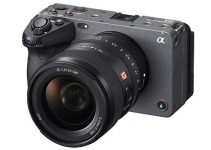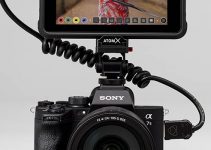Sony’s Cinema Line is a quite comprehensive lineup now with additional and updates to both the tops and bottom end of the range. Where things are most interesting though is in the middle.
The Sony FX6 and FX3 (especially with V3.0 firmware) are very similar and yet very different cameras that can be difficult for some filmmakers to easily choose from.
If you are looking to make a decision on which one of these cameras you should get you should check out this video from filmmaker Jon Waldman. Image quality may be very similar, but there is a lot going on both outside and under the hood of each that you’ll want to understand before you pick.
Something to know is that if you are looking for a pair of cameras to work with then the FX3 and FX6 complement each other very well.
Their differences aren’t meant to put one camera above the other. It just makes them different tools for different jobs.
Let’s break down the unique features of each camera.
FX6
The biggest difference in the FX6 is the internal ND filter. This is an electronic variable ND with very smooth adjustments and it is incredibly helpful when trying to work quickly.
No need to mess with screw-on filters and adjustments can all be made with camera controls in conjunction with exposure settings to dial things in just right.
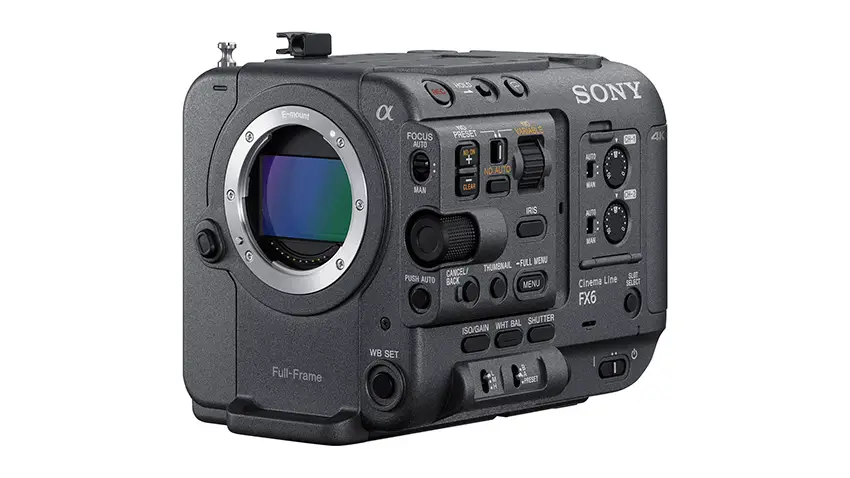
Image Credit: Sony
The body design is a touch larger to accommodate some pro-level features. One of which is SDI output. This connector is much more reliable and durable than HDMI and if you are hooking up to an external display the SDI port will make you much happier.
Getting more into the ergonomics, the FX6 is designed more like traditional cinema cameras. It has a body with more inputs/outputs and controls. One big thing is the side handle.
It’s easier to handle and build out. Looking good can make a difference for certain productions as it will impress some clients.
Being easier to work with will save you time on set. Having features like shutter angle to keep your footage look even when adjusting things like frame rate are essential to filmmakers.
Shutter speed just isn’t as simple when working quickly. The FX3 may have just gotten 1/48th second and similar shutter speeds, but it still isn’t shutter angle.
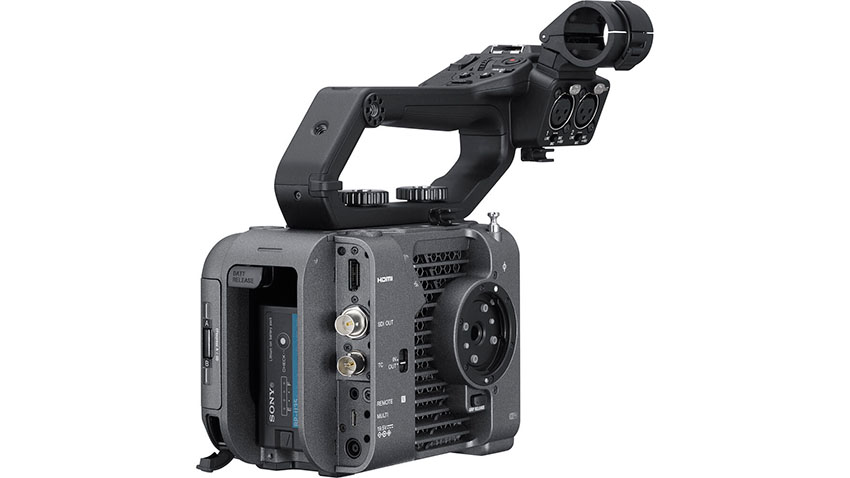
Image Credit: Sony
Imagery out of both cameras is incredibly similar, which makes sense since they use the same sensor and processor. With that said, the FX6 does have a couple distinct advantages with image quality.
There is the full XAVC codec for internal recording and full control over internal noise reduction. It gives it a slight edge.
The top handle is larger and has more mounting points. Being more solidly built is a plus.
The FX6 is bringing a lot more conventional video camera features to the party.
FX3
Now for the FX3. The biggest thing is portability. This camera is incredibly small for the image quality and feature set. That’s what makes it a perfect complement to the FX6.
Codecs are surprisingly very different. It has the more compressed XAVC S file to save space and record in 4K 120p without needing expensive CFexpress Type A memory cards.
There’s also XAVC HS and you can still choose XAVC S-I for intra-frame.
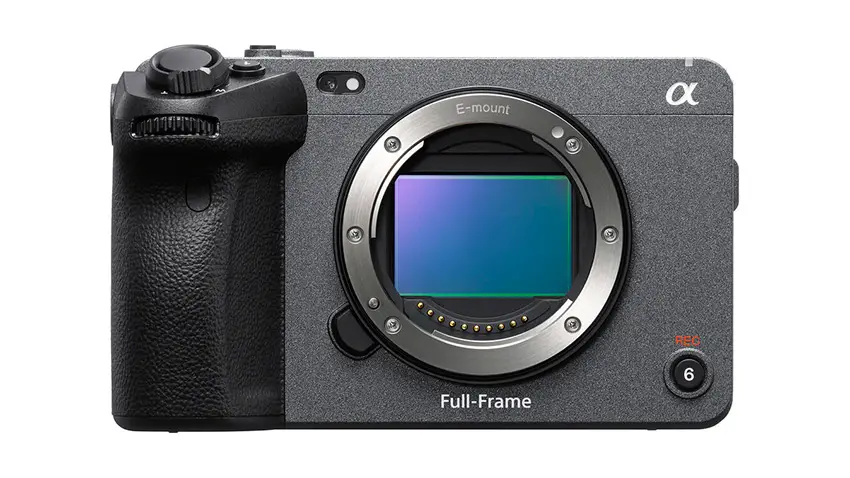
Image Credit: Sony
Because of the size you can more easily rig this up as an overhead camera or crash cam in a tight space.
Maybe underrated, but the FX3 does have a physical shutter and can take photos just as well as an Alpha series mirrorless camera. It’ll deliver the same quality as an a7S III.
When you need to snap a good thumbnail or just have fun, then it’ll be great.
While we aren’t getting internal NDs on the FX3 there is in-body image stabilization. This is going to help with handheld shooting, which makes sense since it is designed as a much more portable camera body.
FX3 image quality is just about on par with the FX6. That makes it a perfect B cam as we have mentioned before. With firmware V3.0 the FX3 can now even match things like true 24 fps and DCI 4K resolution.
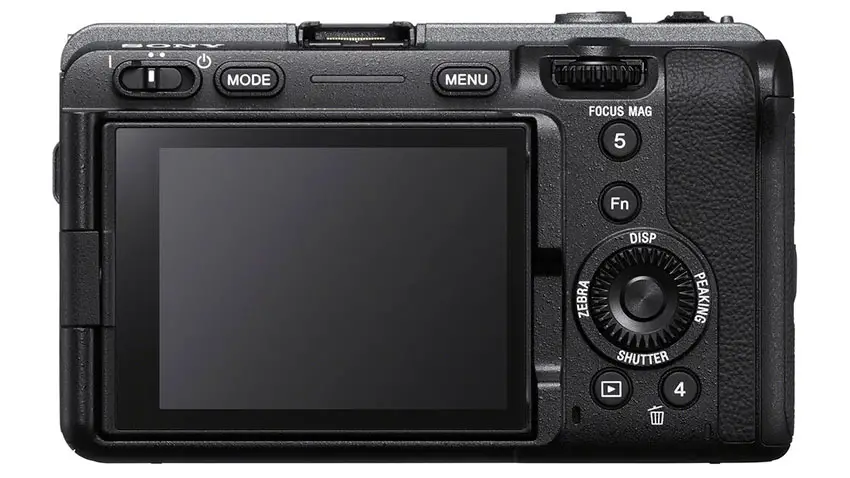
Image Credit: Sony
Finally, the price is better. You will save a couple thousand versus an FX6. If you are getting started or need a second camera then those savings can be huge.
The FX3 is a better run-and-gun camera while the FX6 is a more conventional video camera with some advantages in control.
Either way, you can’t lose. Which would/have you picked up? I have an FX3 myself though I do dream of adding and FX6 at some point. Those internal NDs are tempting.
[source: Jon Waldman]
Order Links:
Disclaimer: As an Amazon Associate partner and participant in B&H and Adorama Affiliate programmes, we earn a small comission from each purchase made through the affiliate links listed above at no additional cost to you.


